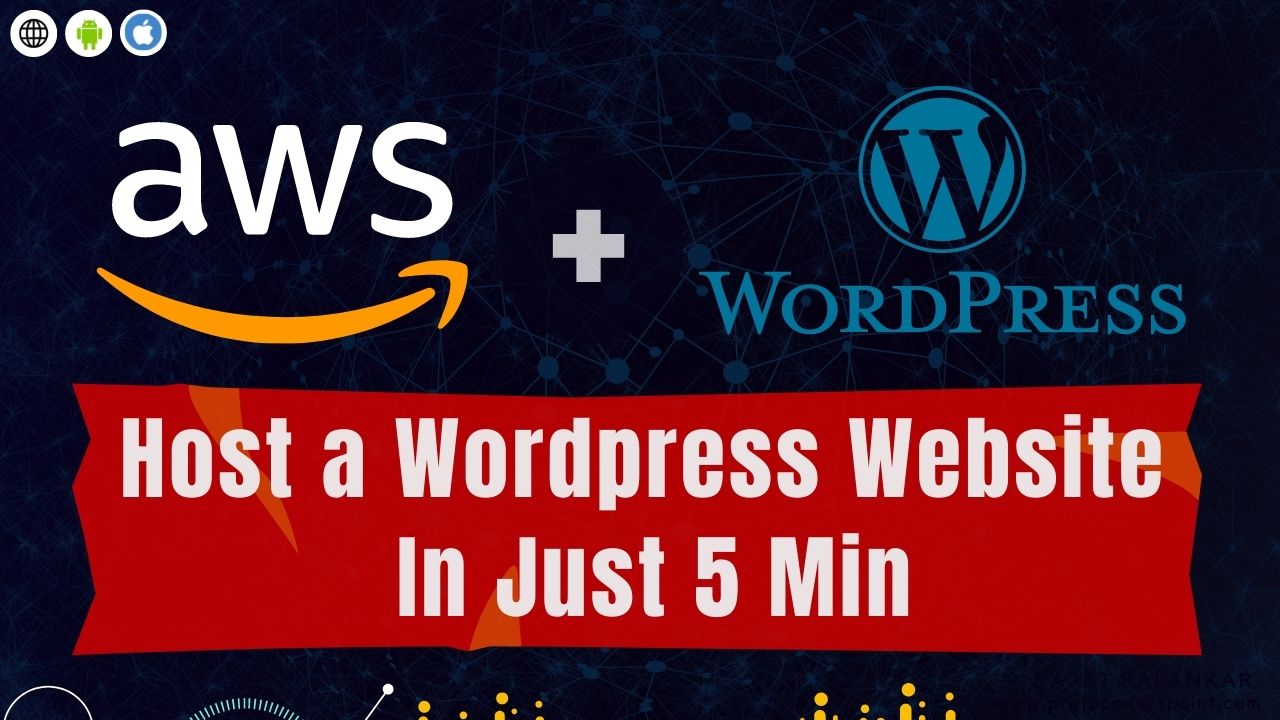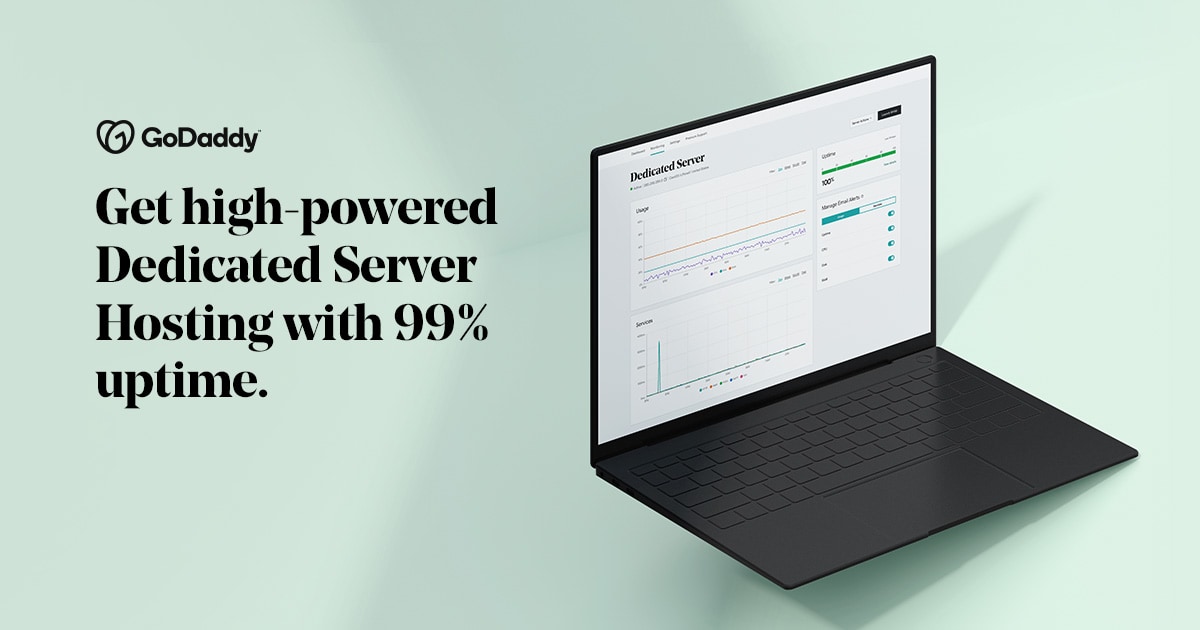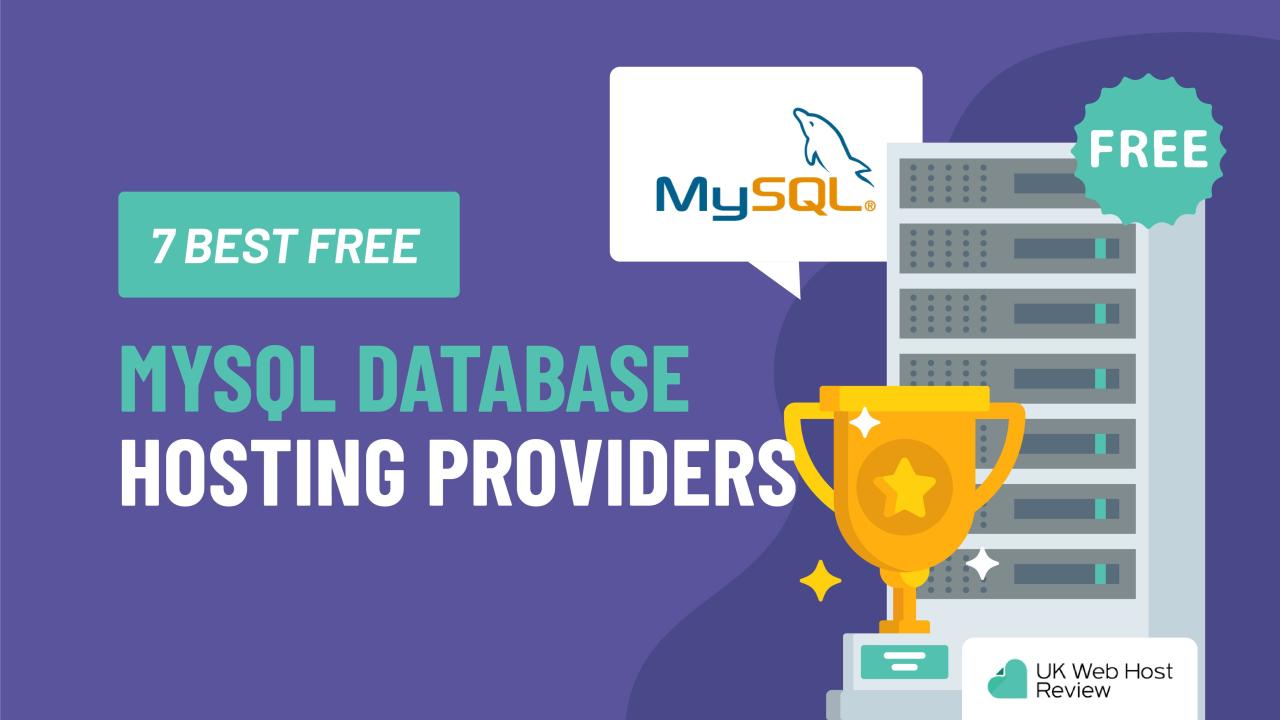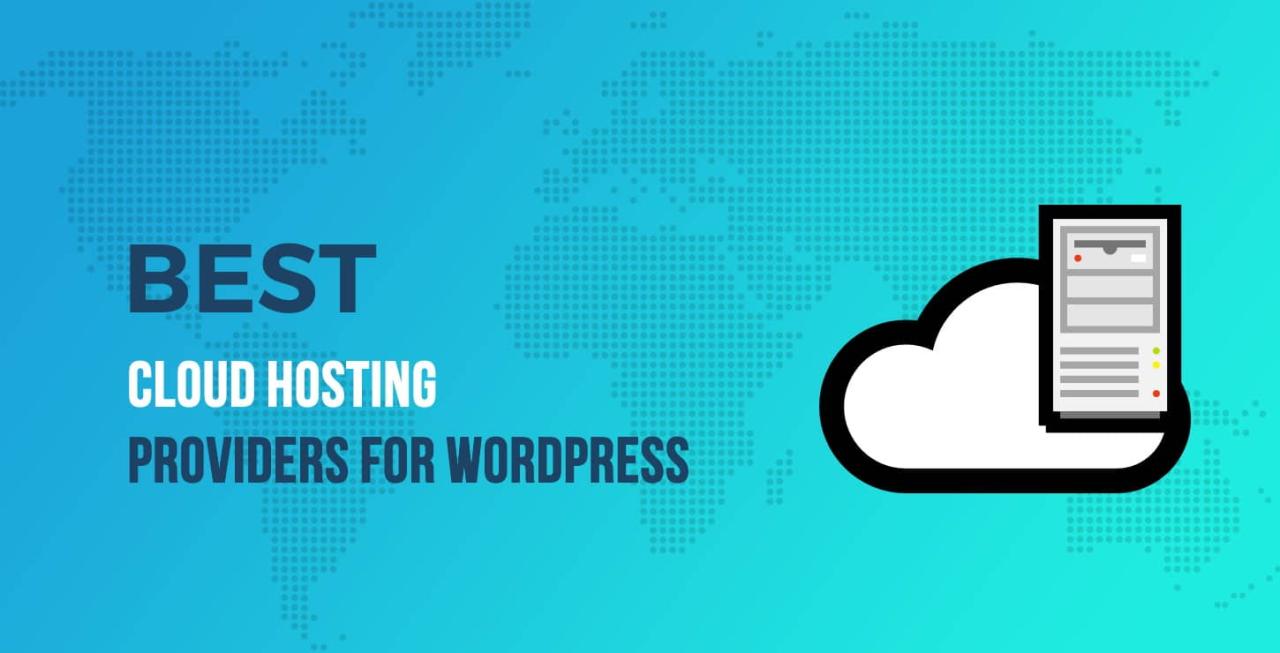AWS WordPress hosting offers a powerful and scalable platform for building and managing WordPress websites. By leveraging Amazon Web Services (AWS), you gain access to a wide range of services designed to enhance performance, security, and reliability. From the ease of use of Lightsail to the flexibility of EC2, AWS provides solutions for various needs and budgets.
This guide explores the benefits of AWS for WordPress hosting, diving into different services like Elastic Beanstalk, Lightsail, and EC2. We’ll discuss how to configure and manage WordPress installations on AWS, optimize performance, and ensure security. Join us as we navigate the world of AWS and unlock the potential for your WordPress website.
Introduction to AWS WordPress Hosting

AWS (Amazon Web Services) has emerged as a powerful platform for hosting WordPress websites, offering a range of benefits over traditional hosting methods. This comprehensive guide explores the advantages of using AWS for WordPress hosting, delves into the relevant AWS services, and provides an overview of the different AWS WordPress hosting solutions available.
Benefits of AWS WordPress Hosting
AWS offers a plethora of benefits for WordPress hosting, including:
- Scalability: AWS allows you to easily scale your WordPress website up or down as needed, ensuring optimal performance even during traffic spikes. This dynamic scaling capability is crucial for websites experiencing rapid growth or seasonal traffic surges.
- Reliability: AWS’s global infrastructure boasts a high level of availability and redundancy, minimizing downtime and ensuring your website remains accessible to users. This robust infrastructure ensures uninterrupted service, a critical factor for businesses reliant on their online presence.
- Security: AWS provides a comprehensive suite of security features, including firewalls, intrusion detection systems, and data encryption, safeguarding your WordPress website and sensitive data. This robust security infrastructure protects against cyber threats, malware, and unauthorized access, ensuring the integrity of your website and user information.
- Cost-Effectiveness: AWS offers a pay-as-you-go pricing model, allowing you to pay only for the resources you use. This flexible pricing model eliminates the need for upfront investments in hardware and software, making AWS a cost-effective solution for businesses of all sizes.
- Flexibility: AWS provides a wide range of services and tools, allowing you to customize your WordPress hosting environment to meet your specific needs. This flexibility allows you to tailor your hosting solution to match your website’s unique requirements, optimizing performance and resource allocation.
AWS Services for WordPress Hosting
Several AWS services are specifically designed to enhance WordPress hosting:
- Amazon EC2 (Elastic Compute Cloud): This service provides virtual servers (instances) that can be used to host your WordPress website. You can choose from a variety of instance types and configurations to meet your performance and budget requirements. EC2 offers a flexible and scalable foundation for your WordPress hosting environment.
- Amazon S3 (Simple Storage Service): This service provides secure and durable object storage for your WordPress website’s files, including media, themes, and plugins. S3 offers a cost-effective and reliable solution for storing your website’s assets, ensuring data integrity and availability.
- Amazon RDS (Relational Database Service): This service provides managed relational databases, including MySQL, which is commonly used by WordPress. RDS simplifies database management, freeing you from the complexities of database administration. This service ensures your database runs smoothly and efficiently, a crucial component for optimal WordPress website performance.
- Amazon CloudFront: This service provides a global content delivery network (CDN) that caches your WordPress website’s content closer to users, reducing latency and improving website speed. CloudFront delivers your website’s content quickly and efficiently, enhancing user experience and overall website performance.
- Amazon Route 53: This service provides a highly available and scalable DNS service, ensuring your WordPress website’s domain name resolves correctly and quickly. Route 53 ensures your website is accessible to users worldwide, enhancing website availability and reliability.
AWS WordPress Hosting Solutions
AWS offers several different WordPress hosting solutions:
- AWS Lightsail: This service provides a simple and affordable way to host your WordPress website. It offers pre-configured virtual servers with a one-click WordPress installation, simplifying the setup process. Lightsail provides an easy-to-use platform for hosting your WordPress website, ideal for beginners and small websites.
- AWS Elastic Beanstalk: This service provides a platform-as-a-service (PaaS) solution that simplifies deploying and managing your WordPress website. It automates tasks such as scaling, load balancing, and security, making it an efficient and cost-effective solution. Elastic Beanstalk streamlines the deployment and management process, ideal for developers and larger websites requiring more advanced features.
- AWS Managed WordPress Hosting: This service provides a fully managed WordPress hosting solution, taking care of all aspects of hosting, including security, updates, and backups. This service is ideal for businesses that want a hassle-free WordPress hosting experience, ensuring optimal performance and security.
AWS Elastic Beanstalk for WordPress
AWS Elastic Beanstalk is a platform-as-a-service (PaaS) offering from Amazon Web Services (AWS) that simplifies the deployment and management of web applications, including WordPress. It automates the infrastructure setup, configuration, and scaling, allowing developers to focus on building and deploying their applications without the complexities of managing underlying infrastructure.
Setting Up a WordPress Environment Using Elastic Beanstalk
Setting up a WordPress environment using Elastic Beanstalk involves a few straightforward steps. This process eliminates the need for manual server configuration and deployment, making it efficient for both beginners and experienced developers.
- Create an Elastic Beanstalk Environment: Begin by creating an Elastic Beanstalk environment using the AWS Management Console, AWS CLI, or the Elastic Beanstalk API. Choose a platform version compatible with WordPress, such as PHP or Python.
- Configure Application Settings: Define your application’s settings, including the environment type (e.g., single instance or load-balanced), instance size, and desired number of instances.
- Upload Your WordPress Application: Upload your WordPress application code, including the WordPress core files, themes, and plugins, to the Elastic Beanstalk environment. You can use the Elastic Beanstalk console, the AWS CLI, or Git for this step.
- Configure WordPress Database: Create a database instance in AWS Relational Database Service (RDS) or Amazon Aurora and configure the database connection details in your WordPress application’s configuration file.
- Launch and Access Your WordPress Site: Once the deployment is complete, you can access your WordPress site using the provided URL.
Advantages of Using Elastic Beanstalk for WordPress Hosting
Elastic Beanstalk offers several advantages for WordPress hosting, making it a popular choice for various use cases.
- Simplified Deployment and Management: Elastic Beanstalk streamlines the process of deploying and managing WordPress applications, eliminating the need for manual server configuration and deployment.
- Auto-Scaling: Elastic Beanstalk automatically scales your WordPress environment based on traffic demands, ensuring optimal performance and availability.
- Cost-Effectiveness: Elastic Beanstalk provides a pay-as-you-go pricing model, allowing you to scale your resources up or down based on your needs and avoid unnecessary costs.
- Integration with AWS Services: Elastic Beanstalk seamlessly integrates with other AWS services, such as RDS, S3, and CloudFront, offering a comprehensive ecosystem for your WordPress hosting needs.
- Security and Reliability: AWS provides a robust security infrastructure and reliable infrastructure, ensuring the security and uptime of your WordPress application.
Limitations of Using Elastic Beanstalk for WordPress Hosting, Aws wordpress hosting
While Elastic Beanstalk offers numerous benefits, it’s important to consider its limitations.
- Limited Customization: Elastic Beanstalk provides a pre-configured environment, which might not always meet specific customization requirements.
- Potential Performance Bottlenecks: In high-traffic scenarios, the shared resources of Elastic Beanstalk might lead to performance bottlenecks.
- Learning Curve: While Elastic Beanstalk simplifies deployment, it still requires some familiarity with AWS services and concepts.
AWS EC2 for WordPress

AWS EC2 (Elastic Compute Cloud) provides a highly flexible and customizable platform for hosting WordPress websites. It offers granular control over your server environment, allowing you to tailor it precisely to your website’s needs.
Configuring an EC2 Instance for WordPress
Configuring an EC2 instance for WordPress involves several steps, including choosing the appropriate instance type, setting up a security group, and installing WordPress.
- Instance Type Selection: Select an instance type based on your website’s traffic and resource requirements. For smaller websites, a t2.micro instance might suffice, while larger websites may need a more powerful instance like an m4.large.
- Security Group Configuration: Configure a security group to control inbound and outbound traffic to your instance. Allow access to port 80 (HTTP) and port 443 (HTTPS) for web traffic. You can also restrict access to specific IP addresses or ranges.
- WordPress Installation: After launching your EC2 instance, you can install WordPress using a variety of methods. You can use the AWS Marketplace to find pre-configured WordPress AMI (Amazon Machine Image), or manually install WordPress using the command line.
Security Considerations
Security is paramount when hosting WordPress on EC2. Here are some important considerations:
- Regular Security Updates: Keep your WordPress core files, plugins, and themes updated regularly to patch vulnerabilities.
- Strong Passwords: Use strong, unique passwords for your WordPress admin account and database credentials.
- Firewall Configuration: Implement a firewall to block malicious traffic and restrict access to your instance. AWS provides a managed firewall service called AWS WAF (Web Application Firewall).
- Two-Factor Authentication: Enable two-factor authentication for your WordPress admin account to add an extra layer of security.
- Regular Backups: Regularly back up your WordPress database and files to protect against data loss.
AWS CloudFront for WordPress Content Delivery
AWS CloudFront is a content delivery network (CDN) service that can significantly enhance the performance of your WordPress website. It delivers static content, such as images, CSS, and JavaScript files, to users from edge locations that are geographically closer to them. This reduces latency and improves website load times, resulting in a better user experience.
Benefits of Using CloudFront for WordPress
Using CloudFront for WordPress offers numerous benefits, including:
- Improved Website Performance: By delivering content from edge locations, CloudFront minimizes the distance data travels, leading to faster load times and improved user experience. This can significantly impact key performance indicators (KPIs) such as bounce rate and conversion rates.
- Reduced Latency: Latency is the time it takes for data to travel between a user’s device and the server hosting your website. CloudFront’s edge locations strategically placed around the globe minimize latency, resulting in a smoother and faster browsing experience for users worldwide.
- Increased Scalability: CloudFront automatically scales to handle traffic spikes, ensuring your website remains available and responsive even during peak periods. This is crucial for websites experiencing sudden surges in traffic, such as during promotional campaigns or viral content.
- Enhanced Security: CloudFront provides built-in security features such as SSL/TLS encryption and DDoS protection, safeguarding your website from malicious attacks and unauthorized access. This ensures the integrity and safety of your data and website.
- Cost-Effective Solution: CloudFront is a pay-as-you-go service, allowing you to pay only for the resources you use. This makes it a cost-effective solution compared to traditional CDNs, especially for websites with fluctuating traffic patterns.
Configuring CloudFront for WordPress Content Delivery
Configuring CloudFront for WordPress involves several steps, including:
- Create a CloudFront Distribution: The first step is to create a CloudFront distribution, which is essentially a set of rules that define how CloudFront delivers content. This involves specifying the origin server (your WordPress website), the edge locations, and other settings.
- Configure Origin Settings: You need to configure the origin settings for your CloudFront distribution. This includes specifying the domain name of your WordPress website and the protocol (HTTP or HTTPS) to use for communication.
- Customize Cache Behavior: CloudFront allows you to customize cache behavior for different types of content. You can specify the cache duration, query strings to include or exclude, and other settings to optimize content delivery.
- Add a CloudFront Distribution to Your WordPress Website: Once you have created and configured your CloudFront distribution, you need to add it to your WordPress website. This involves updating your website’s DNS settings to point to the CloudFront domain name.
Scaling and Performance Optimization
AWS provides robust features to scale your WordPress site seamlessly, ensuring optimal performance even under heavy traffic. This section explores the scalability features of AWS for WordPress hosting, discusses techniques for optimizing WordPress performance on AWS, and demonstrates strategies for handling traffic spikes and ensuring high availability.
Scaling Strategies for WordPress on AWS
AWS offers various options for scaling your WordPress site based on your specific needs.
- Auto Scaling: AWS Auto Scaling automatically adjusts the number of instances based on predefined metrics, such as CPU utilization, memory usage, and network traffic. This ensures your site remains responsive and performs optimally, even during traffic surges.
- Elastic Beanstalk: AWS Elastic Beanstalk simplifies scaling by automatically managing the underlying infrastructure. You can easily scale your application up or down with a few clicks, eliminating the need for manual configuration.
- EC2 Instance Types: AWS provides a wide range of EC2 instance types with different CPU, memory, and storage configurations. Choosing the right instance type based on your site’s requirements ensures optimal performance and cost-effectiveness.
Optimizing WordPress Performance on AWS
Optimizing WordPress performance on AWS is crucial for delivering a smooth user experience.
- Content Delivery Network (CDN): AWS CloudFront, a global CDN, caches your WordPress content at edge locations worldwide, reducing latency and improving loading times for users. This is especially beneficial for geographically dispersed audiences.
- Database Optimization: Optimizing your WordPress database is essential for performance. AWS RDS provides a managed database service that offers features like read replicas, automated backups, and performance tuning options. You can also use plugins like WP-Optimize or W3 Total Cache to optimize your database queries.
- Caching: Caching plays a significant role in WordPress performance. You can leverage caching mechanisms like Redis or Memcached on AWS to store frequently accessed data, reducing the load on your server and improving response times.
- Image Optimization: Optimizing your WordPress images is essential for fast page loading. You can use tools like ShortPixel or Imagify to compress your images without compromising quality, reducing their file size and improving loading times.
Handling Traffic Spikes and Ensuring High Availability
Handling traffic spikes and ensuring high availability is critical for WordPress sites.
- Load Balancing: AWS Elastic Load Balancing distributes incoming traffic across multiple instances, ensuring your site remains available even during peak traffic periods. This also helps prevent any single instance from becoming overloaded.
- Redundancy: Implementing redundancy in your infrastructure is crucial for high availability. This can be achieved by using multiple availability zones within an AWS region, ensuring that if one zone experiences an outage, your site remains accessible from other zones.
- Monitoring and Alerting: Regularly monitoring your WordPress site’s performance is essential for identifying potential issues. AWS provides various monitoring tools, including CloudWatch, that can track key metrics and trigger alerts if performance degrades.
Final Summary
Whether you’re a seasoned developer or a WordPress enthusiast, AWS offers a compelling platform for hosting your website. By leveraging the power and flexibility of AWS services, you can build, manage, and scale your WordPress website with confidence. Explore the possibilities, embrace the cloud, and unlock the full potential of your online presence with AWS WordPress hosting.




